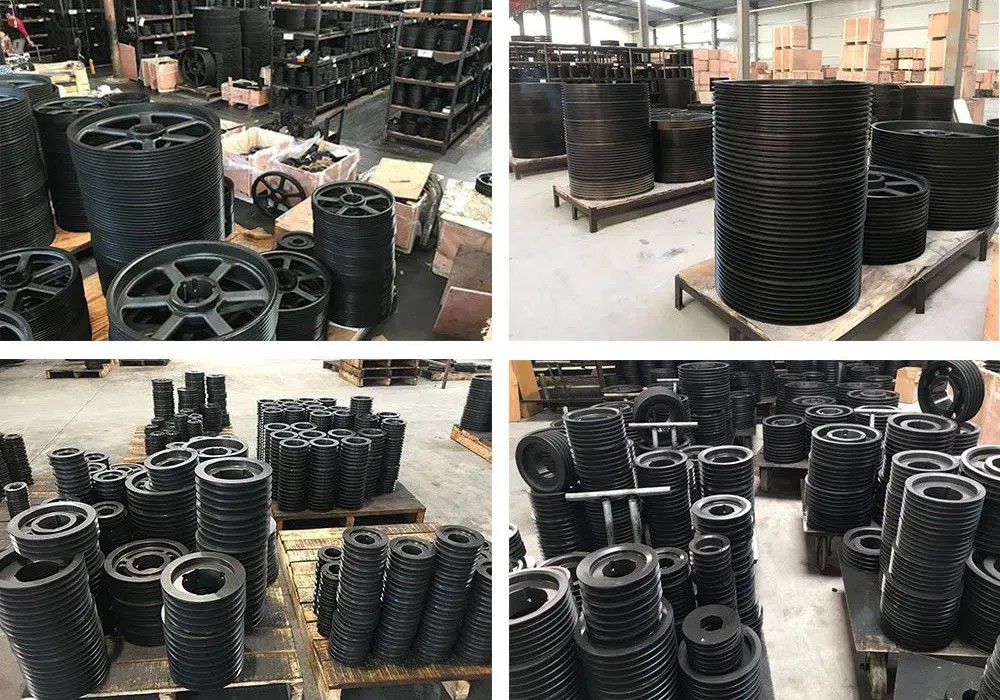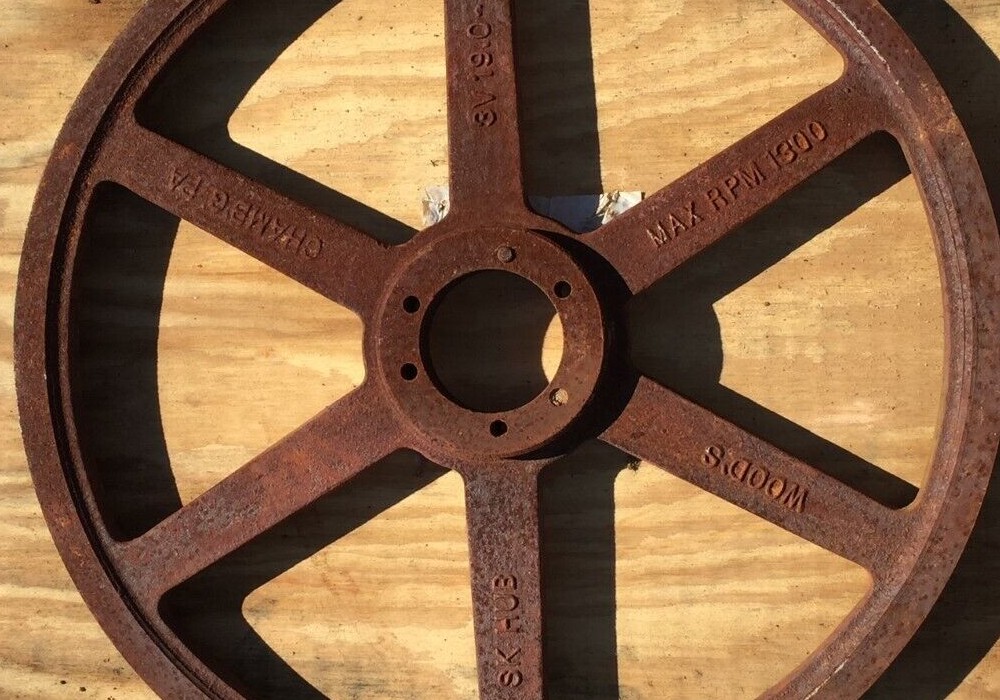There are three types of final heat treatment for the sprocket, with the purpose of improving the mechanical properties such as hardness, wear resistance and strength.
Quenching
Quenching includes surface quenching and overall quenching. Surface quenching is widely used because of its unique advantages. For example, it has relatively small percentage of the deformation, oxidation and decarburization; it has high external strength and fine wear resistance; and internally it has good toughness and strong impact resistance. High-frequency hardening of the teeth is often used in order to improve the wear resistance of sprocket products.
The general processing procedure of the sprocket is: blanking-forging-normalizing (annealing)-rough machining- fine machining-hobbing-surface quenching -inner hole of the finished product-keyway-punching-cleaning -package.
Carburizing and quenching
Carburizing and quenching are applicable for low carbon steel and low alloy steel. It means to increase the carbon content of the surface layer of the pars first, and the hardness of the surface layer will be increased to a high level after quenching, while the interior still maintains certain strength and relatively high toughness and plasticity.
Carburizing includes overall carburizing and partial carburizing. The anti-seepage measures should be taken for the non-carburized part when applying the partial carburizing, such as copper plating or anti-seepage material plating.
The carburizing process is generally arranged between semi-finishing and finishing procedures due to its relatively big deformation and the generally requirement of carburizing depth with the range between 0.5 and 2mm.
Nitriding treatment
Nitriding treatment refers to making the nitrogen atoms to penetrate into the metal surface to obtain a layer of nitrogen-containing compounds. The hardness, wear resistance, fatigue strength and corrosion resistance of the surface of the parts can be improved by the nitriding layer. The nitriding process should be arranged as far back as possible due to the characteristics of nitriding treatment itself, such as relatively lower temperature, unobvious deformation and thinner nitriding layer (generally no more than 0.6~0.7mm). In order to reduce the deformation during nitriding, the high-temperature tempering with stress-relieving function generally will be performed after cutting.
CONTINUE READING
Related Posts
Pulleys are essential components of many machines and devices, particularly in the industrial and manufacturing sectors. They come in various […]
Twin V-belt pulleys are a type of pulley system used in various applications that require high torque transmission. They are […]
V-groove belt pulleys are an essential component of many power transmission systems, providing a simple and efficient way to transfer […]




